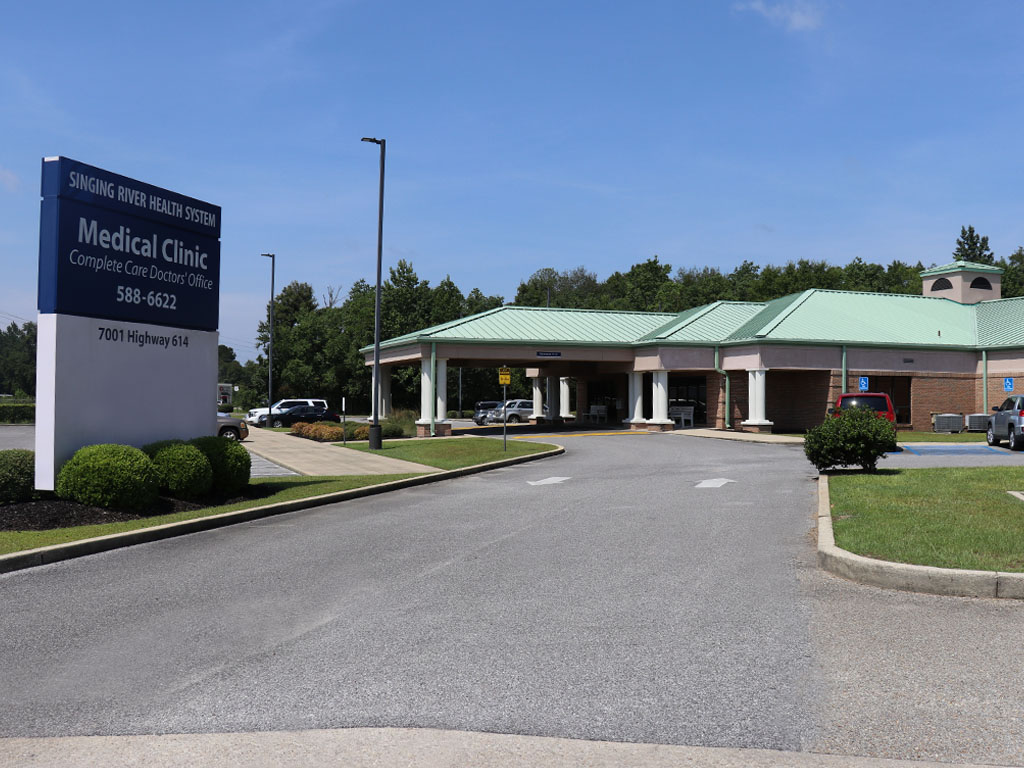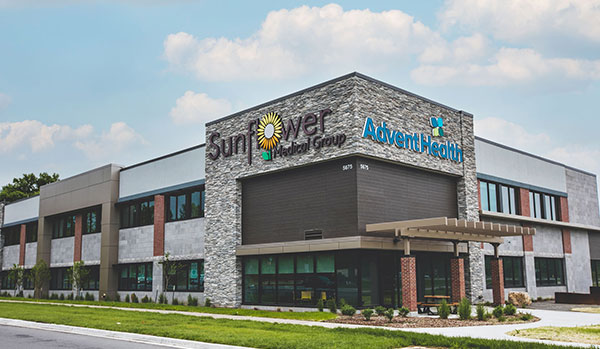Professional Suggestions on Navigating Clinic Options for Urgent Care
Professional Suggestions on Navigating Clinic Options for Urgent Care
Blog Article
The Value of Urgent Treatment Centers in Connecting the Void Between Health Care and Emergency Situation Services
Immediate treatment facilities have emerged as an essential element of the health care landscape, effectively attending to the critical requirement for prompt clinical focus without resorting to emergency situation solutions. By giving look after non-life-threatening conditions, these facilities assist to minimize the worry on emergency spaces and enhance individual accessibility to prompt treatment. Their expanded hours and varied solutions cater to an expanding population looking for choices to standard medical care. The evolving role of urgent treatment facilities elevates important concerns about their integration within the broader healthcare system and the implications for patient outcomes and source allotment.
Review of Urgent Care Centers
Immediate treatment facilities have actually become an essential part of the health care distribution system, supplying available clinical services for non-life-threatening problems. These facilities normally operate outdoors basic workplace hours, offering clients a choice to emergency areas and health care settings. Clients seeking immediate care often existing with issues such as minor injuries, infections, or ailments that call for timely attention yet do not pose an instant risk to life or arm or leg.
Immediate care centers are staffed by an array of healthcare experts, consisting of doctors, registered nurse practitioners, and doctor aides, that are geared up to detect and treat different clinical problems. They often feature analysis devices such as X-ray machines and lab solutions, allowing them to provide extensive treatment on-site.
The facility of immediate treatment facilities has actually been influenced by the enhancing need for prompt clinical services in a fast-paced society, where clients may have a hard time to secure visits with health care service providers. As a result, these facilities intend to relieve congestion in emergency situation departments, enhancing general health care efficiency. Additionally, urgent care facilities often work as a bridge between health care and emergency situation services, ensuring that clients receive suitable treatment customized to their particular medical needs.

Advantages of Urgent Treatment Services
Accessing timely clinical treatment is a significant advantage of urgent treatment solutions. These facilities provide immediate interest for non-life-threatening problems, successfully reducing wait times compared to standard emergency situation divisions. People looking for take care of minor injuries, health problems, or immediate wellness worries can get therapy without the lengthy hold-ups frequently related to health center check outs.
One more key advantage is the extended hours of procedure. Several immediate care centers are open nights and weekend breaks, accommodating clients who may not have the ability to see their key treatment copyright throughout standard workplace hours. This adaptability makes immediate care an available choice for those with busy schedules or abrupt wellness problems.
Moreover, urgent treatment facilities typically provide a vast array of solutions, consisting of diagnostic testing, X-rays, and standard lab services. This comprehensive strategy permits quick medical diagnosis and treatment, improving person fulfillment.
Additionally, urgent care centers are usually more cost-efficient than emergency spaces, making them an eye-catching option for people without insurance policy or those with high-deductible strategies. In general, immediate treatment solutions play a critical function in providing accessible, prompt, and budget friendly clinical care.
Contrast With Medical Care
Typically, people typically weigh their choices in between urgent treatment facilities and medical care providers when looking for clinical attention. Both serve crucial functions in the medical care system, yet they differ considerably in extent, cost, and availability.
Medical care suppliers are normally the initial factor of get in touch with for patients, concentrating on lasting health and wellness administration, precautionary care, and chronic disease administration. They use connection of treatment, promoting a patient-provider connection that enables thorough wellness assessments and personalized treatment plans. Scheduling an appointment can be taxing, usually calling for days or weeks in breakthrough. Urgent Care.
On the other hand, urgent care facilities give prompt look after non-life-threatening conditions that require prompt focus, such as small injuries or infections. These facilities frequently operate beyond standard office hours, accommodating patients that may not be able to see their health care provider throughout regular organization times. In addition, urgent treatment is typically more affordable than emergency clinic sees, making it an appealing alternative for those with restricted healthcare accessibility.
Eventually, while urgent treatment centers and health care carriers both add to patient health and wellness, they deal with unique needs, making it critical for clients to establish which choice ideal straightens with their circumstances.
Emergency Situation Services Communication
The interaction in between immediate care facilities and emergency situation services is a crucial aspect of the medical care landscape, particularly when individuals face circumstances that might escalate in intensity. Urgent care facilities act as a bridge in between medical care and More Help emergency divisions, attending to non-life-threatening conditions that need instant attention. This cooperation enhances person end results and maximizes source appropriation within the medical care system.
When individuals provide with not serious but immediate concerns, urgent treatment facilities can successfully manage their needs, relieving congestion in emergency spaces. When a client's condition surpasses the range of urgent care treatment, Facilities geared up with diagnostic abilities can assist in timely recommendations to emergency services. This seamless interaction helps guarantee that clients get the proper degree of care without unneeded hold-ups.
Furthermore, efficient communication in between immediate care service providers and emergency situation solutions is critical. Sharing patient information and therapy backgrounds promotes coordinated care, decreasing the threat of redundant tests and treatments. As medical care remains to develop, the dynamic partnership between urgent treatment centers and emergency situation solutions will play a crucial function in improving person treatment efficiency, satisfaction, and total health and wellness outcomes within the area.
Future of Urgent Care Facilities
As medical care demands advance, the future of urgent treatment facilities see this page is positioned to internet become significantly essential to the total medical ecological community (Urgent Care). These centers are likely to broaden their roles by integrating innovative innovations, such as telemedicine, fabricated intelligence, and digital health record assimilation. This will enhance person accessibility and improve treatment sychronisation in between immediate treatment, primary treatment, and emergency situation services
Additionally, urgent care centers are anticipated to diversify their solution offerings to include preventive treatment and persistent illness administration. This shift will certainly place them as vital components in handling populace health, minimizing the burden on emergency divisions, and addressing spaces in health care schedule.
The growing fad of value-based treatment will certainly even more speed up the makeover of immediate treatment centers, prompting them to concentrate on patient end results and contentment. Facilities might also embrace collaborative method models, functioning very closely with experts and primary care companies to guarantee comprehensive individual management.
Conclusion
Finally, urgent treatment facilities serve a vital function in the health care system by providing prompt access to therapy for non-life-threatening problems, effectively minimizing pressure on emergency solutions. Their extended hours and diverse variety of solutions enhance patient comfort and complete satisfaction, while additionally making certain appropriate treatment delivery. As health care requires remain to advance, the function of immediate care centers will likely come to be increasingly substantial, additional bridging the space in between medical care and emergency situation services.
The establishment of immediate treatment centers has been affected by the raising demand for prompt medical solutions in a busy culture, where patients may battle to safeguard appointments with main treatment companies. In addition, immediate treatment centers frequently offer as a bridge in between key treatment and emergency situation services, guaranteeing that individuals obtain ideal care tailored to their particular medical requirements.
Lots of immediate treatment centers are open nights and weekend breaks, suiting people that might not be able to see their key treatment provider during basic office hours (Urgent Care). As healthcare continues to evolve, the dynamic relationship between urgent care centers and emergency solutions will certainly play a crucial duty in boosting person treatment effectiveness, contentment, and total wellness results within the neighborhood

Report this page